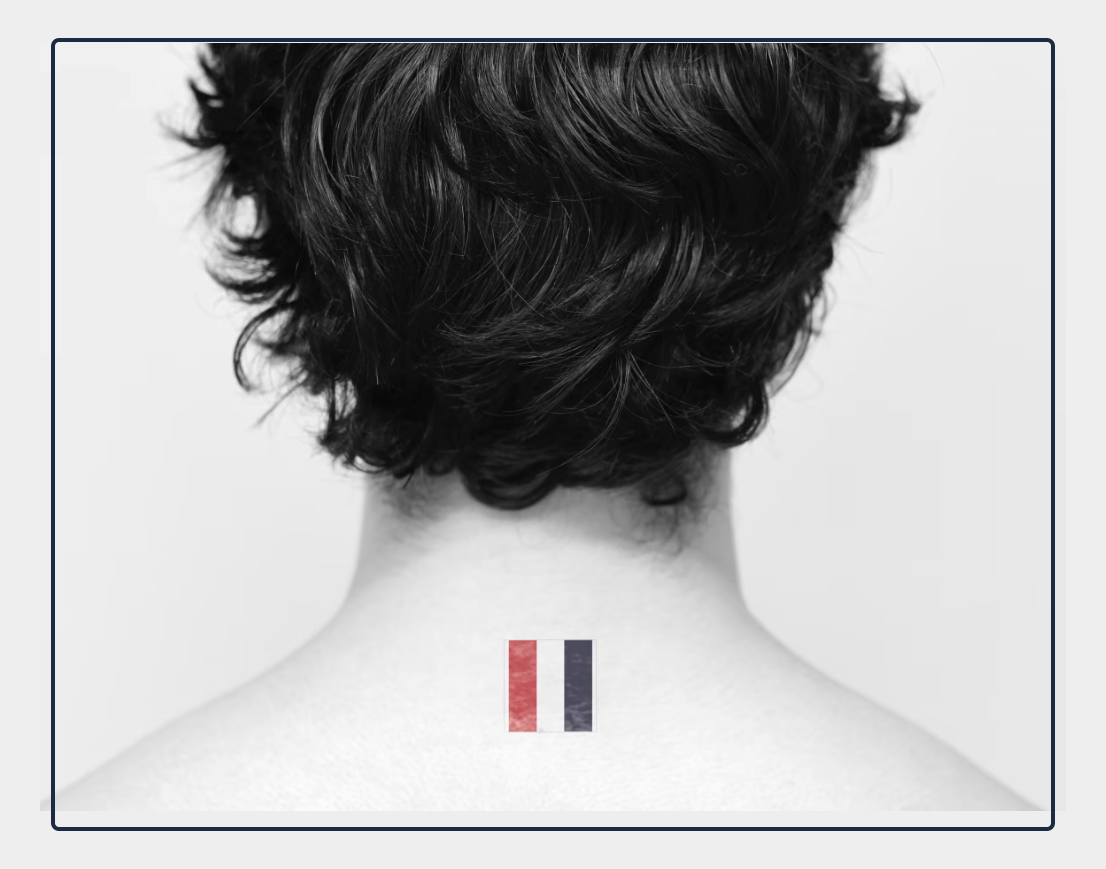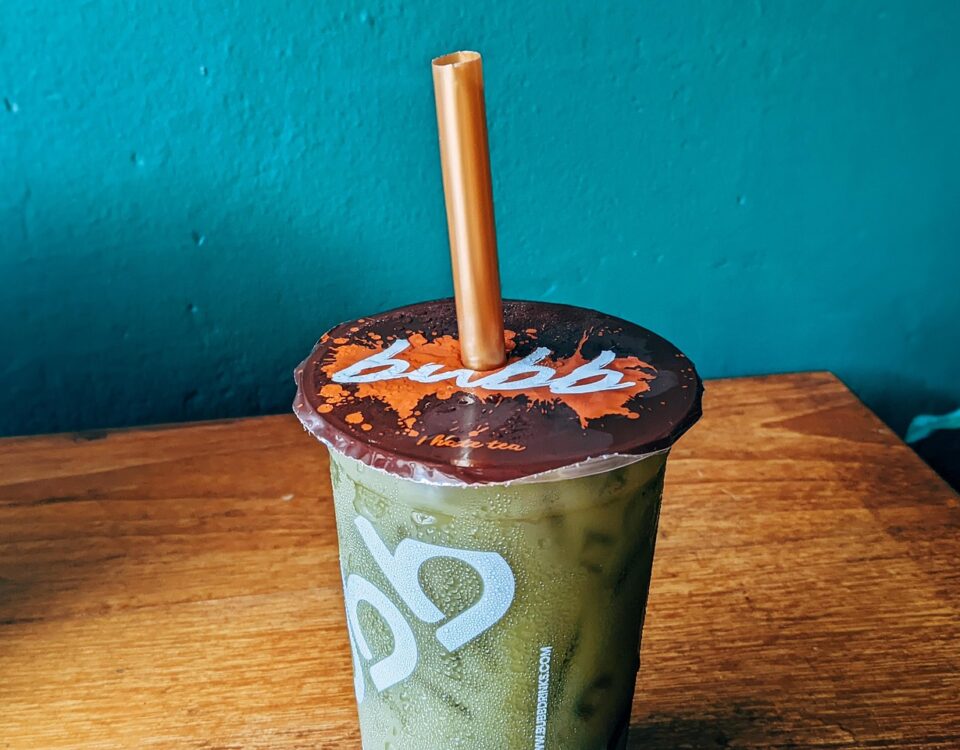
How Can You Protect a PB&J Sandwich?
October 19, 2025
How to Be an Umbrella Entrepreneur
October 21, 2025To purchase a painting, we no longer need a piece of paper or a linen canvas. Instead we can buy the right to have it drawn on our body.
Through the digital auction house, Joopiter, between October 22 and the end of the month, artists will offer a one-of-a-kind tattoo to online bidders. Called “Inked: Tattoos by Contemporary Artists,” the show is a unique opportunity to secure a document that provides ownership of a commissioned work of art. Then, those new owners visit a venue that will draw it on a body part. Suggested prices range from $10,000 to $15,000.
One participant, fashion designer Thom Browne, is selling the chance to tattoo his logo. More specifically, WSJ tells us that the winner’s document of authenticity from Browne identifies the size (23mm wide by 25mm tall) and Pantone color codes (True Red, Star White and Total Eclipse). In addition, Browne suggests that his two rectangular bars be placed on the back of the neck:

Our Bottom Line: Painting Prices
In a market economy, price provides information. We know, for example, that a $5 t-shirt might not be well-made. Similarly, in traditional art markets, price also sends a message. On the supply side, artists, private collectors, museums, and dealers hope to elevate price. Meanwhile, on the demand side, determinants that range from income to taste affect what people are willing and able to buy. Then, as we know, when supply and demand intersect, we get a price determined by the market.
However, with tattoo art, behavioral economists could tell us that we have a socially created reality. Because of less traditional supply and demand, we can wonder about the message that a $15,000 price tag sends.
My sources and more: For today’s post, most of my facts came from this WSJ article. Most crucially though, through my former student Alanna Butera’s paper for Sotheby’s on the death effect, I learned how paintings are priced.
![econlifelogotrademarkedwebsitelogo[1]](/wp-content/uploads/2024/05/econlifelogotrademarkedwebsitelogo1.png#100878)




